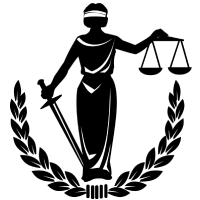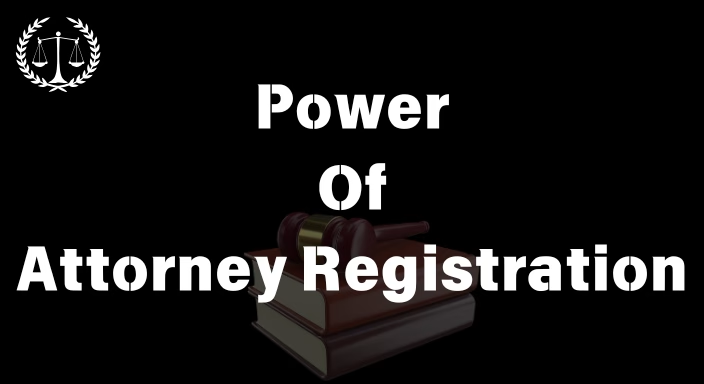Power of Attorney (POA) – Overview
Power of Attorney (POA) is a legal instrument through which a person gives authority to another person to act or represent him/her on his behalf for specific purposes. Section 1A of the Power of Attorney Act, 1882 defines Power of Attorney as “any instrument empowering a specified person to act for and in the name of the person executing it.”
The person who gives the power of attorney is the Principal or Donor. The person to whom the power of attorney is given is the Attorney Holder.
Power of Attorney Contains the Following:
- ID proofs of the Principal and the Attorney Holder.
- Date and location of execution.
- Clear definition of the powers that the Principal wishes to grant to the Attorney Holder.
- Reasons for granting Power of Attorney.
- Authentication or registration of the Power of Attorney.
Pre-requisites of Power of Attorney Registration:
- Draft of original Power of Attorney.
- ID proofs of the Principal and the Attorney Holder.
- Passport-size photos of both parties.
- Two witnesses, along with their ID proofs.
- For property-related POA, proof of property is required, such as an electricity bill, etc.
Procedure for Creating and Registering a Power of Attorney:
- Contact a lawyer. Discuss your intention to grant Power of Attorney.
- The lawyer will draft the Power of Attorney.
- Pay the stamp duty, which differs based on whether you are granting POA to parents/children/siblings/spouse/grandchildren or any other close relative, or to a person other than a relative. Seek legal guidance for clarification.
- Visit the office of the sub-registrar for POA registration.
- Pay a fee for registration. The fee may vary based on the case. Your lawyer will guide you through this process.
- The two witnesses will sign in the presence of the sub-registrar.
- The registration of POA is completed and delivered.

